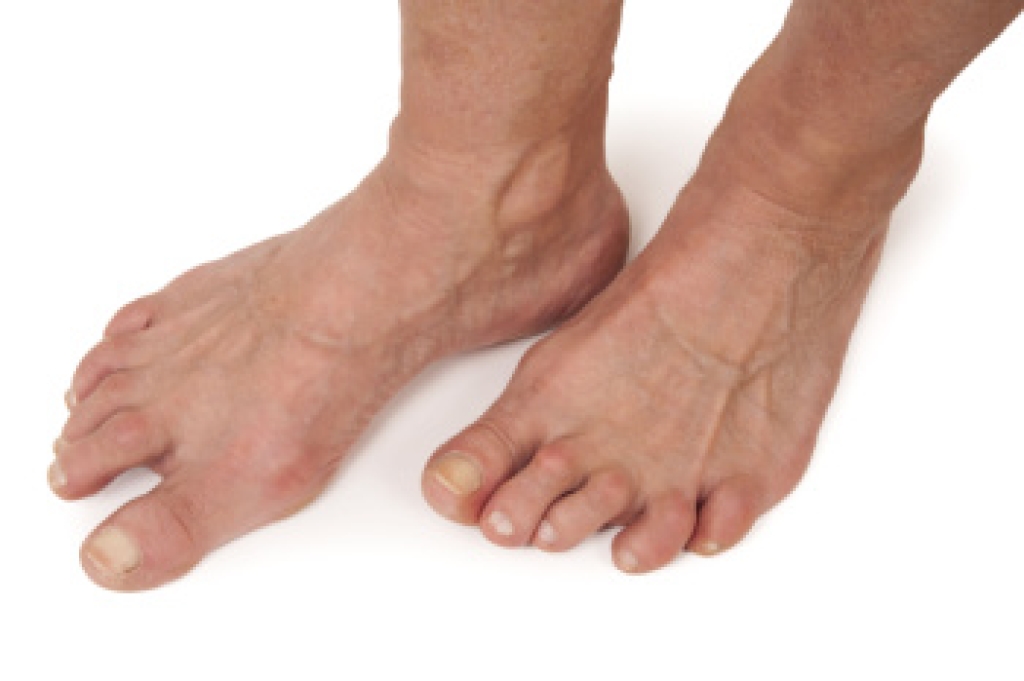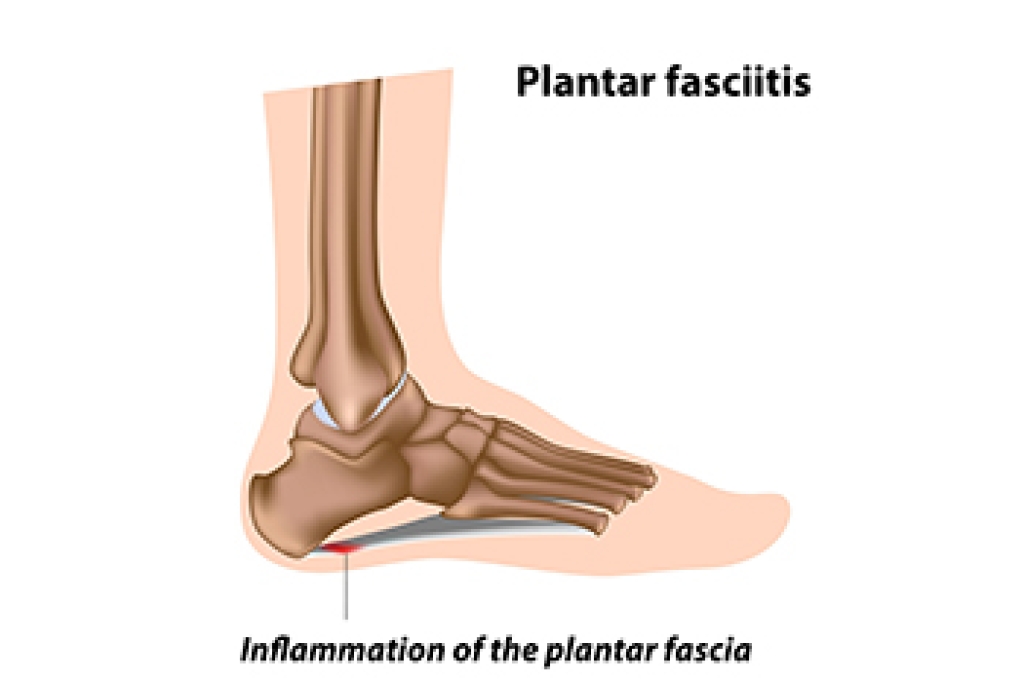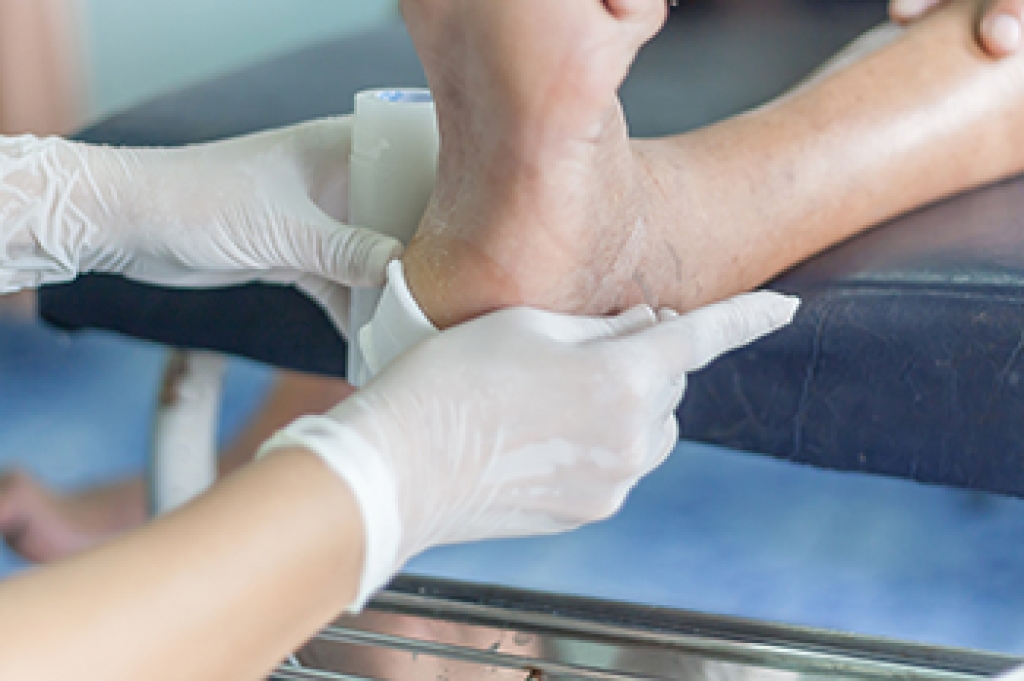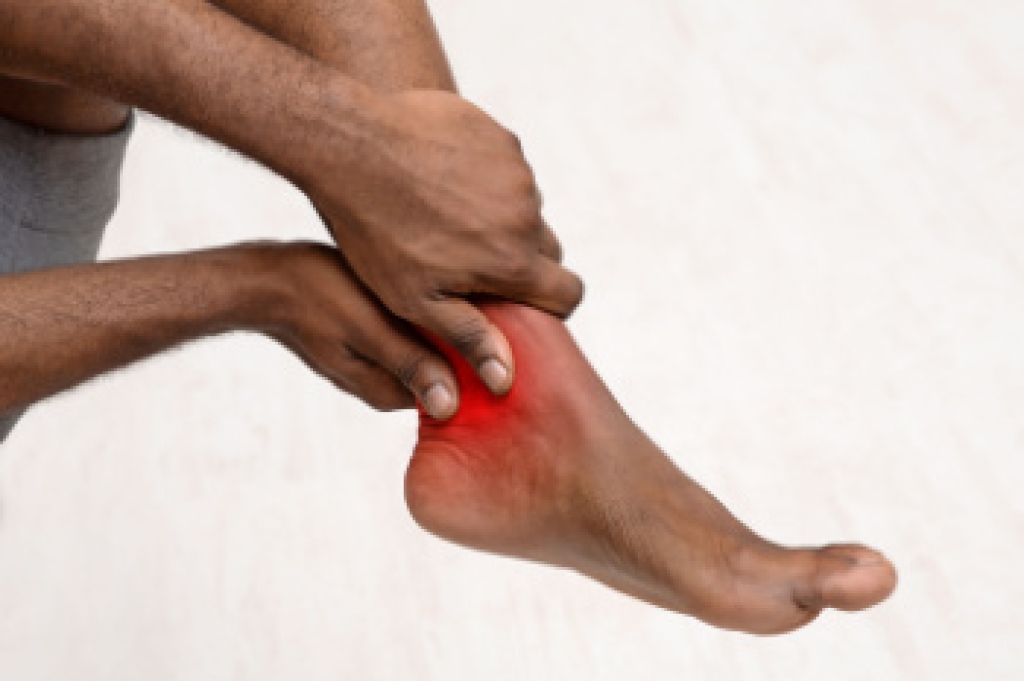
Rheumatoid arthritis is an autoimmune disease that causes the body’s immune system to attack the joints, leading to inflammation, pain, and stiffness. When it affects the feet and ankles, it can damage the joints, tendons, and ligaments, making walking and standing painful. Common symptoms include swelling, warmth, redness, joint deformities, and difficulty in moving the toes or ankles. Over time, this condition can cause significant changes in foot structure. A podiatrist can provide treatments to relieve pain, reduce inflammation, and improve mobility through custom orthotics, supportive footwear, and joint protection strategies. If you have symptoms of RA in your feet, it is suggested that you consult a podiatrist who can offer effective relief and management solutions.
Because RA affects more than just your joints, including the joints in your feet and ankles, it is important to seek early diagnosis from your podiatrist if you feel like the pain in your feet might be caused by RA. For more information, contact Michael Bess, DPM of Florida. Our podiatrist will assist you with all of your podiatric concerns.
What Is Rheumatoid Arthritis?
Rheumatoid Arthritis (RA) is an autoimmune disorder in which the body’s own immune system attacks the membranes surrounding the joints. Inflammation of the lining and eventually the destruction of the joint’s cartilage and bone occur, causing severe pain and immobility.
Rheumatoid Arthritis of the Feet
Although RA usually attacks multiple bones and joints throughout the entire body, almost 90 percent of cases result in pain in the foot or ankle area.
Symptoms
- Swelling and pain in the feet
- Stiffness in the feet
- Pain on the ball or sole of feet
- Joint shift and deformation
Diagnosis
Quick diagnosis of RA in the feet is important so that the podiatrist can treat the area effectively. Your doctor will ask you about your medical history, occupation, and lifestyle to determine the origin of the condition. Rheumatoid Factor tests help to determine if someone is affected by the disease.
If you have any questions, please feel free to contact our office located in West Palm Beach, FL . We offer the newest diagnostic and treatment technologies for all your foot care needs.




